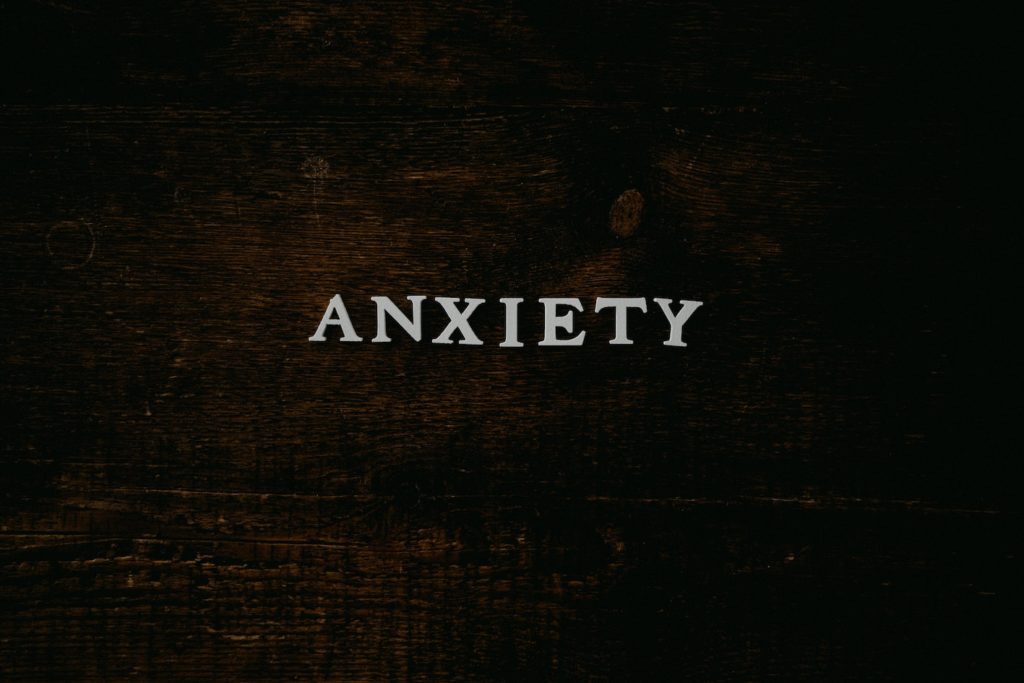Anxiety in Children
By Dr Natalie Solomon, Clinical Psychologist working with Bellavista S.H.A.R.E
Problems associated with anxiety are an extremely common. In fact, anxiety disorders are the most common of all child and adolescent mental health disorders. Research suggests a positive correlation between anxiety and poor school performance, poor peer relations, and being bullied. Anxiety has a marked impact on childhood development.
It is important for us to take note that the natural state of mammals is in fact to be somewhat on guard. In effect, anxiety at tolerable levels is a normal and self-protective emotional response. All children experience powerful emotions of fear and worry at some stage. So, when should one become concerned?
Mental health professionals would understand anxiety to be pathological according to indicators of duration, intensity and associated behaviours related to avoidance, withdrawal and intrusion. What is important is not necessarily the content of the fear or worry but how extensively it’s interfering with your child’s functioning or affecting family life.
It’s appropriate to become concerned if:
Your child’s worry lasts for months at a time, and is causing physical symptoms such as headaches, upset stomachs, nightmares, and difficulty with sleep.
He/she is persistently refusing to go to school and learning becomes interrupted by incapacity to concentrate.
He/she displays excessively pessimistic, catastrophic thinking.
He/she asks for ongoing reassurances from adults that don’t necessarily help.
He/she persistently avoids participating in expected, developmentally appropriate activities with peers, such as going to parties or visiting friends’ homes.
He/she talks about suicide.
Anxiety typically equals an overestimation of danger over an underestimation of coping and resources. Anxiety is the enemy of curiosity, exploration, and as a result new learning is impeded. Anxious students find it difficult to use their imagination, to role play and problem solve. Anxiety impacts a student’s working memory, making it difficult to learn and retain information. In general, anxious children tend to be avoidant of anything new.
Anxiety is not a benign condition; it is extremely corrosive. If left untreated, anxiety manifestations can follow into adulthood, leading to other functioning impairments. The good news is that anxiety disorders are highly treatable and responsive to change. Intervention should focus on helping children move out of habitual patterns of protection into new patterns of connection, finding safety and joy in their body and their world. For more information about Bellavista S.H.A.R.E, visit www.bellavistashareonline.org.za




